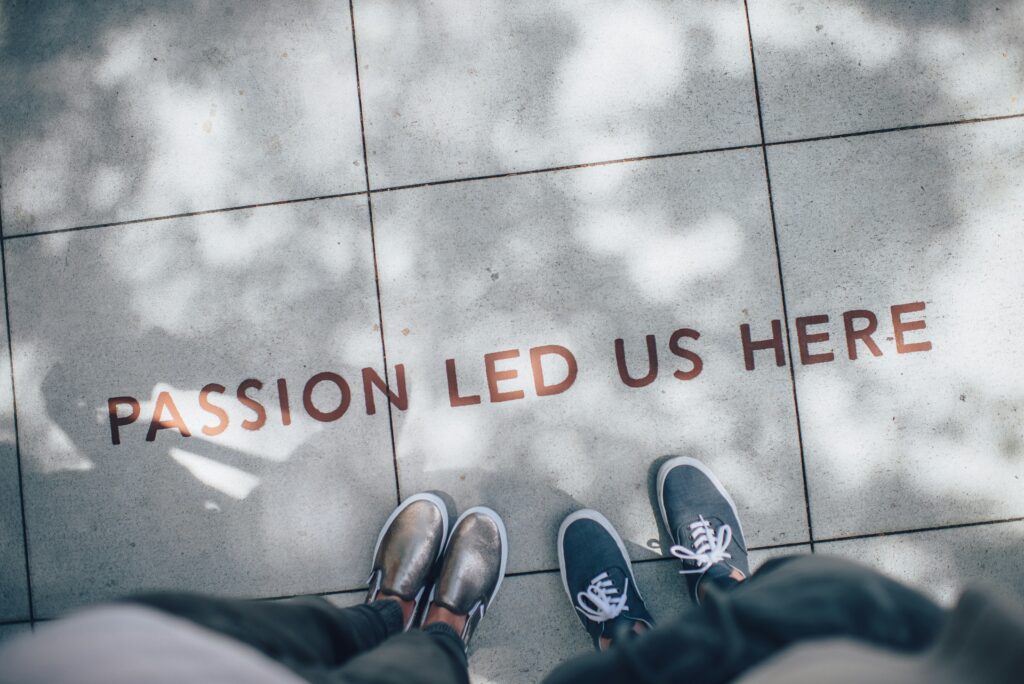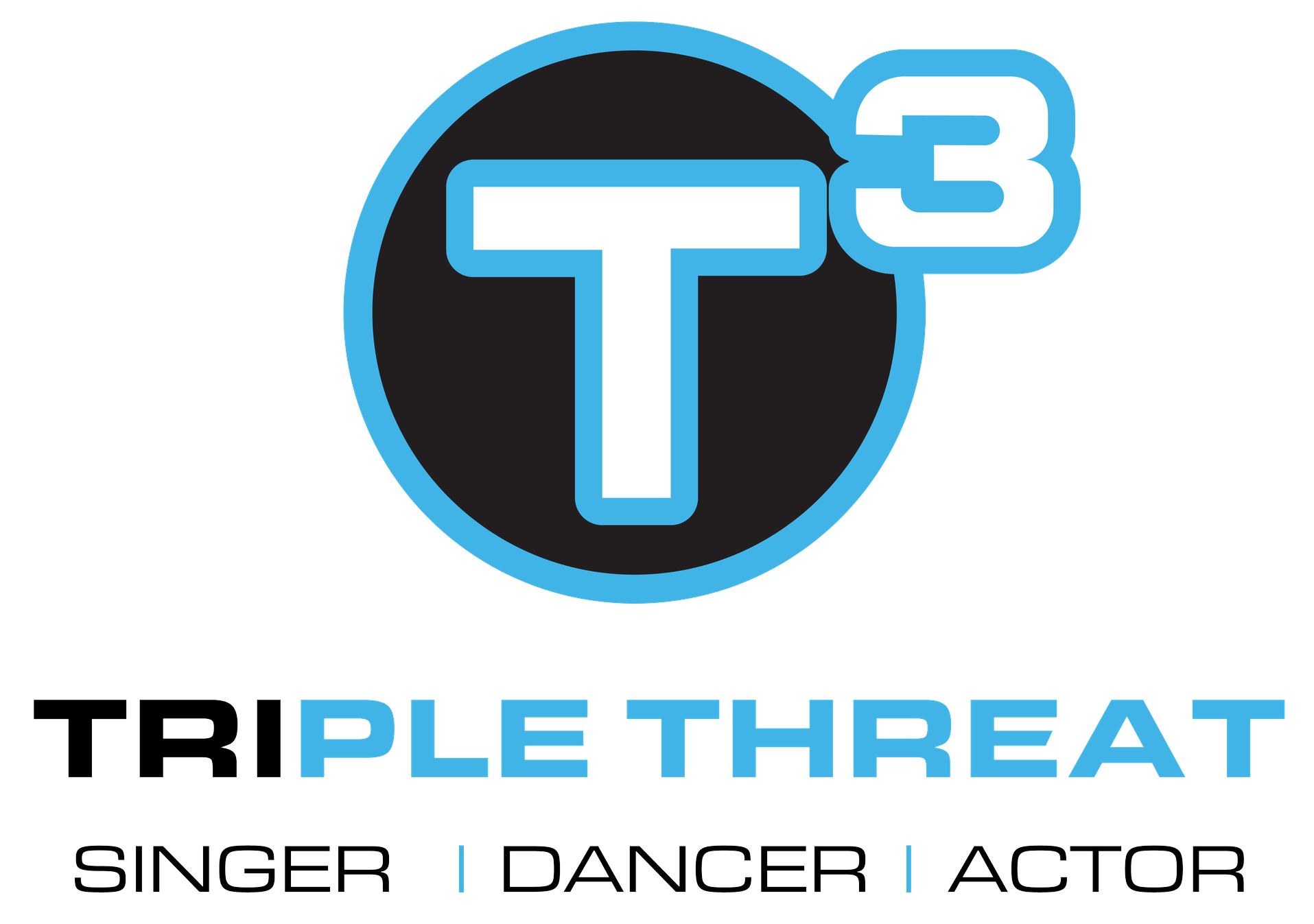
Creativity is a powerful force that drives progress, fuels innovation, and sparks positive change. Whether you’re an artist, entrepreneur, scientist, or simply someone navigating the complexities of everyday life, tapping into your creative potential can open up new possibilities and solutions. In a world constantly evolving, the ability to generate new ideas is not just valuable; it’s essential. This blog post will explore strategies for unlocking creativity and fostering innovative thinking.
Understanding Creativity:
Before diving into strategies, it’s essential to understand what creativity is. Creativity is not limited to artistic pursuits; it’s fundamental to problem-solving and idea generation. Sir Ken Robinson, a renowned educator, described creativity as “the process of having original ideas that have value.”
Creativity involves connecting seemingly unrelated concepts, thinking outside the box, and embracing ambiguity. It’s a skill that can be cultivated and enhanced with practice and the right mindset.
Embrace a Growth Mindset:
A growth mindset is the belief that abilities and intelligence can be developed through dedication and hard work. Embracing a growth mindset is crucial for unlocking creativity. When you see challenges as opportunities to learn and grow, you’re more likely to explore new ideas and take risks.

Carol Dweck, a psychologist, has extensively researched and written about the concept of a growth mindset. She emphasizes the importance of praising effort and persistence rather than innate talent. By viewing failures as opportunities to learn, individuals with a growth mindset are more resilient and creative in their problem-solving approaches.
Create a creative environment:
The environment you surround yourself with can significantly impact your creativity. Designing a space that fosters creativity involves considering factors like lighting, colours, and overall ambience. Natural light, for example, has been shown to affect mood and creativity positively.

Consider incorporating elements that inspire and motivate you. This could be artwork, plants, or even a well-organized workspace. Personalizing your environment creates a conducive space for generating and developing creative ideas.
Diversify Your Experiences:
Creativity often thrives on a diverse range of experiences. Exposure to different cultures, disciplines, and perspectives can fuel creative thinking. Take the time to explore activities outside your comfort zone.
Engage in activities that challenge your mind and body. This could be learning a new instrument, trying a new sport, or delving into a subject you know little about. The richness of diverse experiences provides a broad foundation for innovative thinking.
Mindfulness and Creativity:
Practising mindfulness can be a powerful tool for unlocking creativity. Mindfulness involves being fully present in the moment without judgment. By cultivating mindfulness, you can enhance your ability to observe, question, and explore ideas with a clear and focused mind.

Mindfulness techniques, such as meditation and deep breathing exercises, can help quiet the noise in your mind, allowing creative thoughts to emerge. Regular mindfulness practice also reduces stress, creating a more conducive environment for creative thinking.
Collaborate and seek feedback:
Creativity often thrives in collaborative environments. Engaging with others exposes you to a variety of perspectives and ideas. Collaborative brainstorming sessions can lead to innovative solutions that may not have emerged in individual thinking.
Seeking feedback is another crucial aspect of the creative process. Constructive criticism helps refine and strengthen ideas. Embrace feedback as a valuable resource for improvement and innovation.
Take breaks and embrace downtime:
The creative process is not always linear. It involves periods of intense focus and moments of relaxation. Taking breaks and allowing downtime is essential for rejuvenating your mind and fostering creativity.
During breaks, engage in activities that bring you joy and relaxation. This could be a short walk, listening to music, or simply staring out a window. Downtime allows your brain to make subconscious connections and can lead to breakthrough moments when you return to your creative task.
Experiment with different creativity techniques:
There are various creative techniques and exercises designed to stimulate innovative thinking. Here are a few popular ones:
- Mind Mapping: Create visual diagrams to explore connections between ideas and concepts. Mind mapping helps you see relationships and uncover new possibilities.
- Brainstorming: Conducting brainstorming sessions with a diverse group of people can generate a multitude of ideas. Encourage free-flowing thinking without judgment during these sessions.
- Reverse Thinking: Instead of approaching a problem traditionally, consider the opposite. Explore what happens when you reverse assumptions and perspectives.
- SCAMPER Technique: SCAMPER stands for substitute, combine, adapt, modify, put to another use, eliminate, and rearrange. This technique prompts you to ask questions that lead to new ideas and improvements.
Experimenting with these techniques can break through mental barriers and prompt creative thinking in various contexts.
Read widely and continuously:
Reading is a gateway to new ideas and perspectives. Explore literature, articles, and content from diverse genres and fields. This not only expands your knowledge base but also introduces you to different styles of thinking.
Continuous learning is a hallmark of creative individuals. Attend workshops, take online courses, and stay curious about the world around you. Learning new things keeps your mind flexible and open to creative possibilities.
Cultivate Resilience in the Face of Failure:
Creativity often involves taking risks, and not every idea will succeed. Cultivating resilience in the face of failure is crucial for maintaining a creative mindset. Understand that setbacks are part of the creative process and an opportunity for growth.

The light bulb inventor Thomas Edison famously said, “I have not failed. I’ve just found 10,000 ways that won’t work.” Embracing failure as a stepping stone to success allows you to approach challenges positively and resiliently.
Celebrate small wins:
Acknowledging and celebrating small achievements in your creative journey is essential for building momentum. Completing a challenging task, overcoming a creative block, or receiving positive feedback are all reasons to celebrate. Small wins contribute to a positive mindset and fuel the motivation to explore creative avenues.
Conclusion
Unlocking creativity is an ongoing and dynamic process. It involves cultivating the right mindset, creating an environment that nurtures creativity, and adopting strategies that stimulate innovative thinking. You can tap into your creative potential by embracing a growth mindset, diversifying experiences, practicing mindfulness, collaborating with others, and experimenting with various creative techniques.
Remember that creativity is not finite; the more you nurture it, the more it flourishes. As you embark on your creative journey, be open to exploration, embrace challenges, and celebrate the joy of bringing new ideas to life. In the words of Albert Einstein, “Creativity is intelligence having fun.” So, let the fun begin and unlock the boundless creativity within you.


